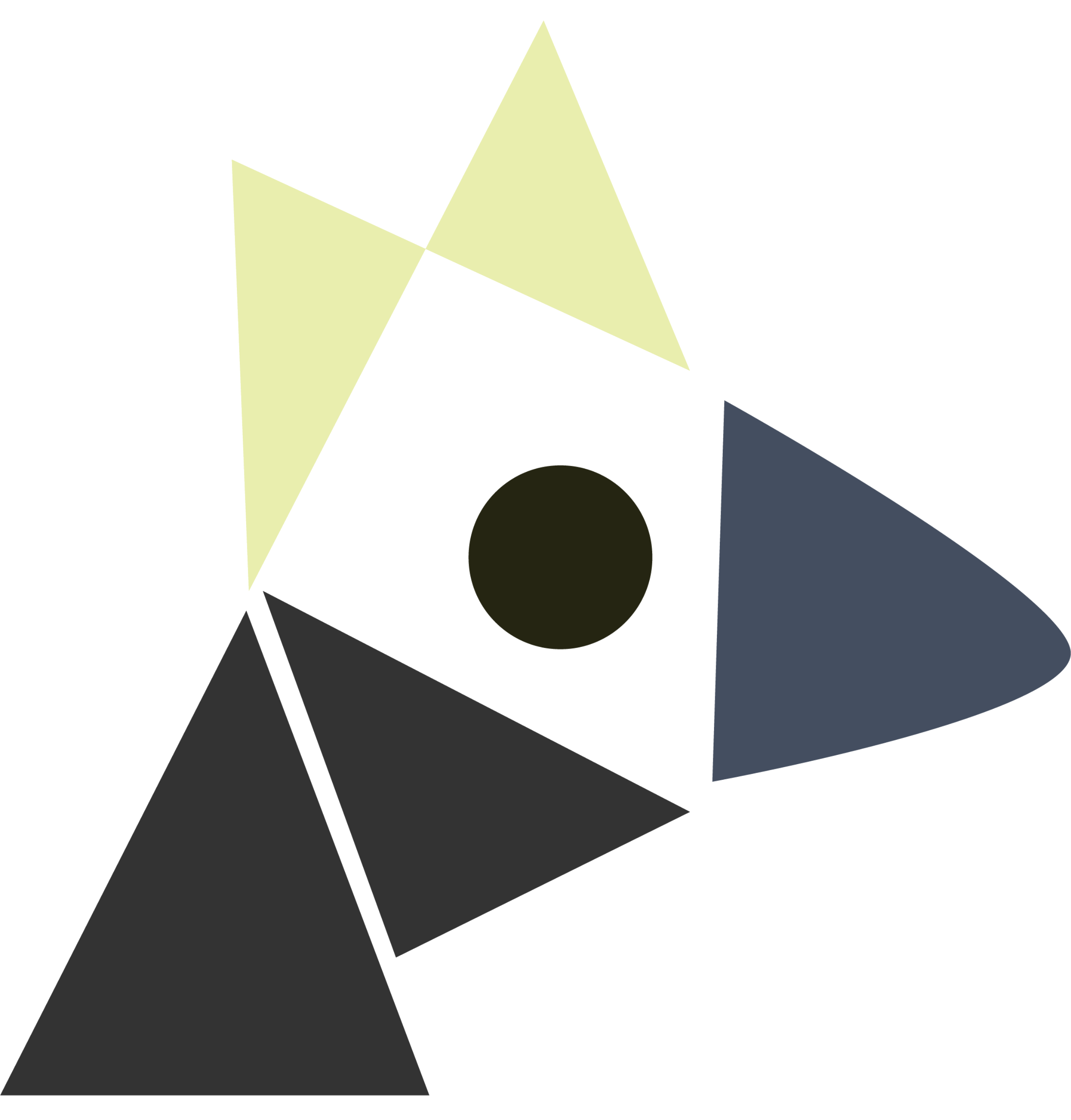problem with gravity
Last edited: August 8, 2025gravity sucks.
general relativity claims that our best theory of how gravity work does not work with non-
process control block
Last edited: August 8, 2025Each process is controlled by a struct which contain information about the process.
- memory used by the process
- file descriptor table
- thread state
- other accounting
file descriptor table
Within each process, we have a file descriptor table (and the ints we get are indicies into this table), for which each entry stores points to the open file table.
When a process forks, the child doesn’t get more open file entries, instead, we simply clone the file descriptor table (i.e. parent and child will share the same underlying open file table entries); this is how we can share pipes.
Product of Linear Maps
Last edited: August 8, 2025Take two linear maps \(T \in \mathcal{L}(U,V)\) and \(S \in \mathcal{L}(V,W)\), then \(ST \in \mathcal{L}(U,W)\) is defined by:
\begin{equation} (ST)(u) = S(Tu) \end{equation}
Indeed the “product” of Linear Maps is just function composition. Of course, \(ST\) is defined only when \(T\) maps to something in the domain of \(S\).
The following there properties hold on linear-map products (note that commutativity isn’t one of them!):
associativity
\begin{equation} (T_1T_2)T_3 = T_1(T_2T_3) \end{equation}
identity
\begin{equation} TI = IT = T \end{equation}
Product of Vector Space
Last edited: August 8, 2025A product of vector spaces is a vector space formed by putting an element from each space into an element of the vector.
constituents
Suppose \(V_1 \dots V_{m}\) are vector spaces over the same field \(\mathbb{F}\)
requirements
Product between \(V_1 \dots V_{m}\) is defined:
\begin{equation} V_1 \times \dots \times V_{m} = \{(v_1, \dots, v_{m}): v_1 \in V_1 \dots v_{m} \in V_{m}\} \end{equation}
“chain an element from each space into another vector”
additional information
operations on Product of Vector Spaces
The operations on the product of vector spaces are defined in the usual way.
product summation map
Last edited: August 8, 2025Let \(U_1, \dots, U_{m}\) be subspaces of \(V\); we define a linear
We define \(\Gamma\) to be a map \(U_1 \times \dots U_{m} \to U_1 + \dots + U_{m}\) such that:
\begin{equation} \Gamma (u_1, \dots, u_{m}) = u_1 + \dots + u_{m} \end{equation}
Essentially, \(\Gamma\) is the sum operation of the elements of the tuple made by the Product of Vector Spaces.
\(U_1 + \dots + U_{m}\) is a direct sum IFF \(\Gamma\) is injective
Proof:
